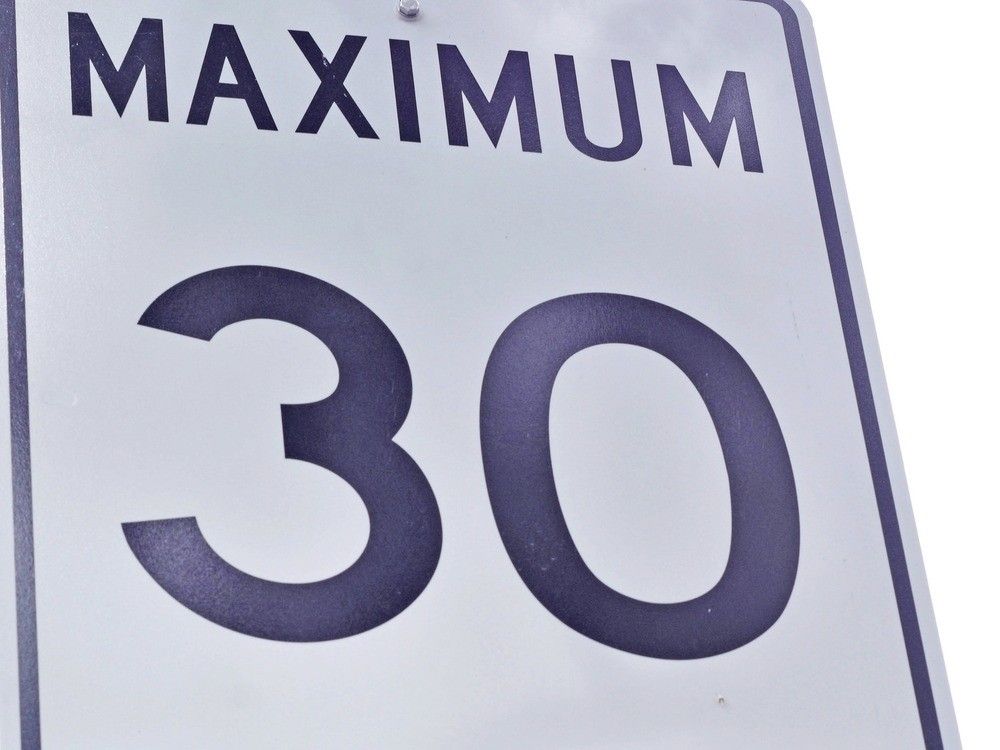Vancouver Considers Lowering Speed Limits to Improve Safety
Residents of Vancouver may soon notice a significant change on their local streets, as city staff are proposing a reduction in the speed limit from the current 50 km/h to 30 km/h on all residential roads. This initiative aims to enhance safety and reduce the risk of serious injuries for pedestrians and cyclists.
The proposal, which is set to be reviewed by the city council, involves lowering the speed limit on all roads without painted center lines. These are essentially all the residential streets in the city. According to Paul Storer, the city’s transportation director, slower speeds can make a substantial difference in safety outcomes, particularly for those who walk or bike.
Currently, the default speed limit in Vancouver is 50 km/h, as established by the B.C. government. If approved, this change would mark the most extensive speed limit reduction the city has ever implemented. However, enforcing the new limit could pose challenges, as police enforcement will be limited.
Winston Chou, the city’s associate director of traffic and data management, mentioned that discussions are underway with Vancouver Police Department (VPD) regarding potential increased attention to slow zones during the program’s launch. Despite this, the VPD will have to prioritize areas where traffic-related fatalities and serious injuries are most common.
To support the new speed limit, the city plans to use public awareness campaigns, community policing volunteers, and existing road design features such as narrowed streets or speed humps. Neighborhoods that already have design elements supporting lower speeds will be prioritized for signage, reducing the need for additional enforcement.
As part of the proposal, 25 neighborhoods across Vancouver will be designated as “slow zones.” These areas, including Hastings-Sunrise, Killarney, Mount Pleasant, and the West End, will be marked with gateway signs at key entrances to alert drivers of the 30 km/h limit. The selection of these neighborhoods is based on factors such as high traffic volumes, proximity to schools or parks, and populations more vulnerable to traffic risks.
This initiative is part of Vancouver’s broader effort to eliminate traffic-related deaths and injuries. The city notes that a person struck by a vehicle traveling at 30 km/h has an 85% chance of survival, compared to just 20% at 50 km/h. In addition to improved safety, slower speeds are expected to result in quieter streets and better air quality.
The proposal builds upon pilot zones introduced in Grandview-Woodland and Strathcona in 2020, where speeds decreased, particularly in areas with added traffic-calming features. Of the 25 proposed slow zones, 17 already have some traffic-calming measures in place or are scheduled to receive them. The cost to install signs citywide is estimated at $350,000, with $250,000 allocated over three years for the 17 zones and the remaining funds coming from existing city programs. Additional zones could be added depending on future budgets.
City staff are also suggesting a change in the approval process for speed bumps. Instead of requiring resident sign-off, humps could be installed wherever the city deems appropriate, although residents would still be notified in advance.
Storer emphasized that the ultimate goal is not just to post signs but to change driver behavior. When drivers slow down, streets become safer, quieter, and more livable.
City council is expected to vote on the recommendations on July 9. If approved, signs in the first neighborhoods could be installed later this year.







